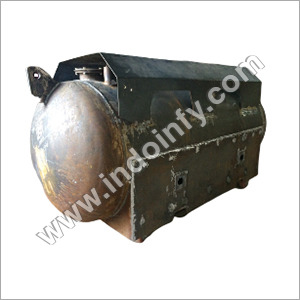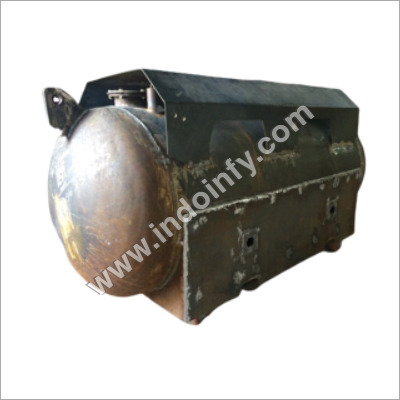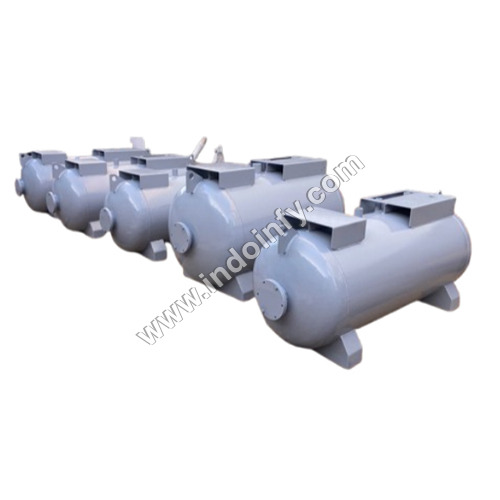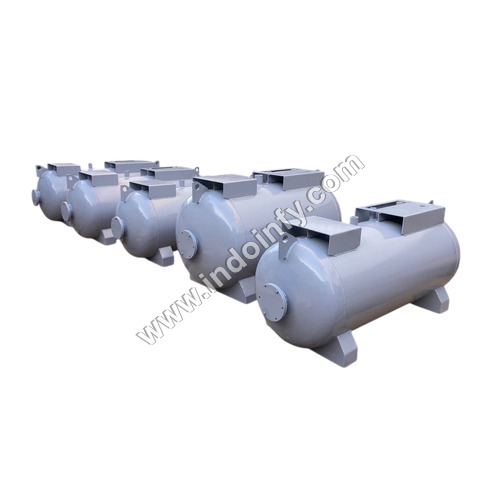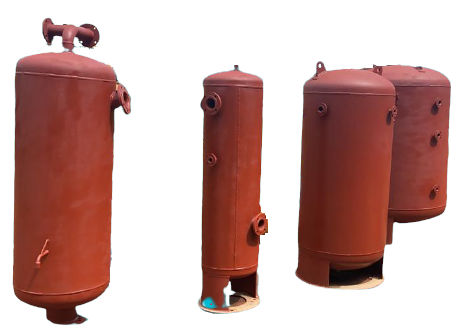
Oxygen Vessel
Product Details:
- Product Type Oxygen Vessel
- Air Pressure 0-10 , 10-15 , 15-20 Bar
- Usage Industrial
- Capacity 1000-10000 Liter/day
- Color Red
- Tank Material Steel
- Click to view more
Oxygen Vessel Price And Quantity
- 1 Unit
- 42750.0 INR/Unit
Oxygen Vessel Product Specifications
- 0-10 , 10-15 , 15-20 Bar
- Oxygen Vessel
- 1000-10000 Liter/day
- Red
- Industrial
- Steel
Oxygen Vessel Trade Information
- Cash Advance (CA) Cash in Advance (CID) Cheque Telegraphic Transfer (T/T) Western Union
- 10 Unit Per Week
- Week
- North India
Product Description
Oxygen Vessel;The transportation of liquid oxygen and its unloading in storage tank mild steel conforming to IS:2062. We offer custom fabrication services to suit customer design requirements. These services are rendered by a highly skilled technical team and are quality tested for engineering, raw material, fabrication and finish. Our manufactured products are customised and engineered for quality at competitive prices.
An oxygen vessel is a container specifically designed to store and transport oxygen safely and efficiently. These vessels are essential in various industries, including medical facilities, industrial manufacturing, and aerospace applications, where a reliable supply of oxygen is crucial.
Types of Oxygen Vessels:
- High-Pressure Oxygen Cylinders:
- Description: These are robust cylinders designed to store oxygen gas at high pressures, typically up to 200 bar (3000 psi).
- Applications: Commonly used in medical settings for patient respiratory support, in industrial processes like welding and cutting, and in diving operations.
- Construction: Made from materials such as steel or aluminum to withstand high-pressure conditions.
- Cryogenic Oxygen Storage Tanks:
- Description: These tanks store oxygen in its liquid form at extremely low temperatures, around -183C.
- Applications: Utilized in large-scale industrial applications, including steel manufacturing and chemical processing, where a substantial and continuous supply of oxygen is required.
- Construction: Typically consist of an inner vessel surrounded by an outer vessel, with a vacuum between them to provide insulation and maintain the low temperatures necessary for liquid oxygen storage.
Key Considerations for Oxygen Vessels:
- Safety Standards: Oxygen vessels must adhere to stringent safety regulations to prevent accidents such as explosions or fires. Proper storage, handling, and maintenance are critical to ensure safety.
- Material Selection: The materials used in constructing oxygen vessels must be compatible with oxygen to prevent reactions that could lead to combustion or degradation of the vessel.
- Maintenance: Regular inspection and maintenance are essential to ensure the integrity of the vessel, including checking for leaks, corrosion, and ensuring that pressure relief valves function correctly.
- Storage Conditions: Oxygen vessels should be stored in well-ventilated areas, away from sources of ignition, and protected from physical damage.
In summary, oxygen vessels are critical components in various sectors, providing a safe and efficient means of storing and transporting oxygen. Understanding the different types and their specific applications, along with adhering to safety standards, is essential for their effective use.

Price:
- 50
- 100
- 200
- 250
- 500
- 1000+



